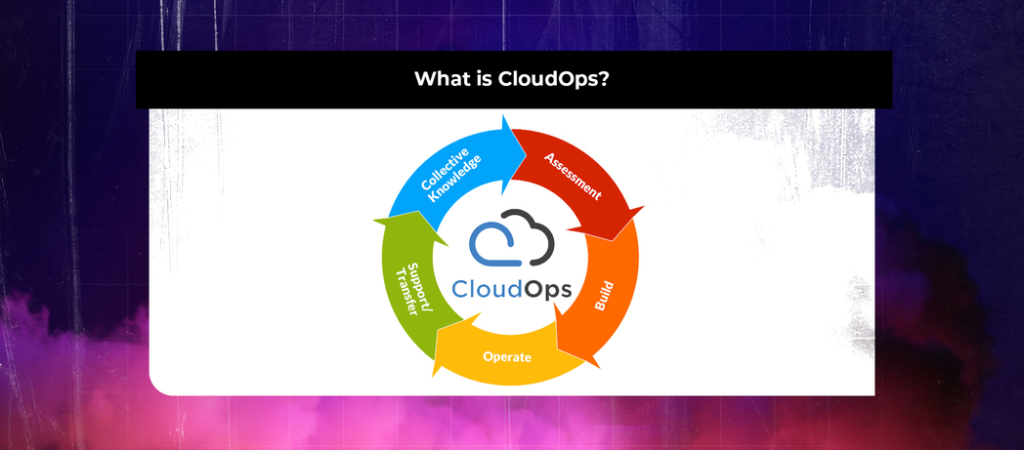
What is CloudOps?
CloudOps, short for Cloud Operations, refers to the practice of managing and maintaining cloud infrastructure and services. It involves the operational aspects of cloud computing like monitoring, automation, scaling, security, and performance optimization.
Why do We need CloudOps?
We need CloudOps to ensure the efficient and reliable operation of cloud-based applications and services. It helps organizations maximize the benefits of cloud computing by managing the infrastructure effectively and ensuring high availability, scalability, and performance.
What is the Advantage of CloudOps?
The advantages of CloudOps are as follows:
1. Scalability: CloudOps enables the easy scaling of applications and infrastructure as per demand.
2. High availability: It ensures that systems and applications are always accessible and minimizes downtime.
3. Cost optimization: CloudOps helps in optimizing cloud resource usage, reducing unnecessary costs.
4. Automation: It allows automating various operational tasks, improving efficiency and reducing human error.
5. Performance optimization: CloudOps focuses on optimizing performance by closely monitoring and managing resources.
6. Security: It enables the implementation of robust security measures, ensuring data protection and compliance.
What is the feature of CloudOps?

The key features of CloudOps include:
- Automation: CloudOps uses automation to streamline tasks such as provisioning resources, deploying applications, and monitoring performance.
- Monitoring: CloudOps uses monitoring to track the health and performance of cloud environments.
- Analytics: CloudOps uses analytics to gain insights into cloud environments and identify areas for improvement.
- Collaboration: CloudOps requires collaboration between teams such as development, operations, and security.
- Security: CloudOps takes security into account at all stages of the cloud lifecycle.
What are the Top 10 Use Cases of CloudOps?
1. Application deployment and management.
2. Continuous integration and continuous deployment (CI/CD) automation.
3. Disaster recovery and business continuity planning.
4. Infrastructure provisioning and management.
5. Resource optimization and cost control.
6. Performance monitoring and tuning.
7. Security management and compliance.
8. Scaling and load balancing.
9. Incident response and troubleshooting.
10. Capacity planning and forecasting.
How to Implement CloudOps?
To implement CloudOps, organizations should focus on the following steps:
1. Assessing business requirements and goals for cloud operations.
2. Defining processes, standards, and best practices for managing cloud resources.
3. Selecting appropriate cloud platforms and tools based on requirements.
4. Setting up monitoring and alerting systems for resource and performance management.
5. Implementing automation and orchestration for infrastructural tasks.
6. Defining security measures and implementing them to protect sensitive data.
7. Regularly reviewing and optimizing resource usage and costs.
8. Establishing incident response and remediation processes.
How to Get Certified in CloudOps?
There are several certifications available for CloudOps professionals. Here are some most popular website for providing Certification courses visit this website: DevOpsSchool.com , scmGalaxy.com , BestDevOps.com , Cotocus.com
How to Learn CloudOps?
There are many ways to learn CloudOps. Some of the best ways include:
- Take online courses
- Read books and articles
- Attend conferences and workshops
- Get hands-on experience with cloud technologies
- Join a CloudOps community
Here are some most popular website for providing Certification courses: DevOpsSchool.com , scmGalaxy.com , BestDevOps.com , Cotocus.com